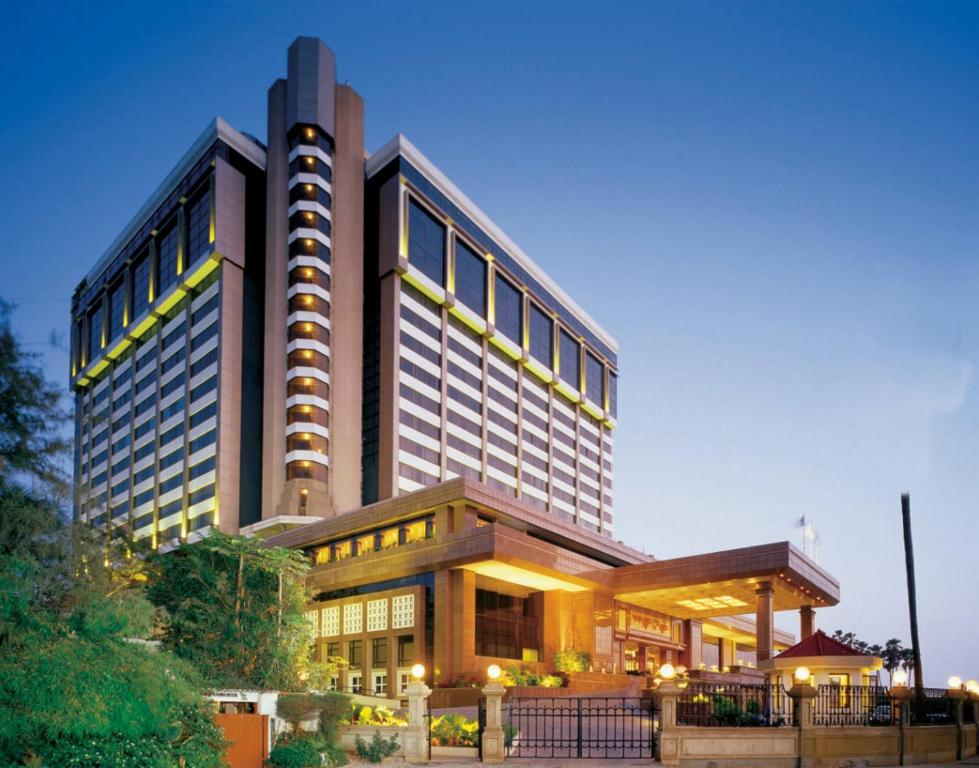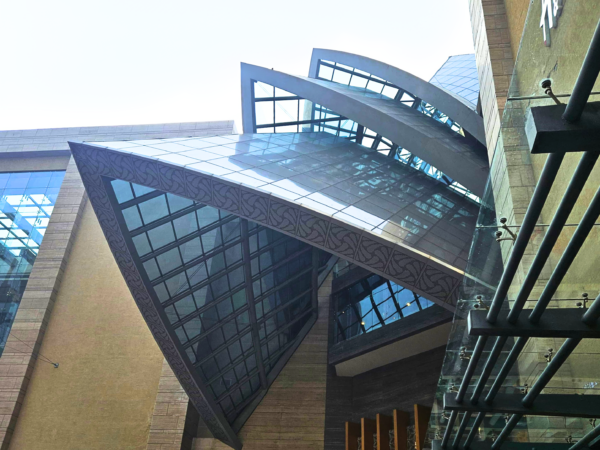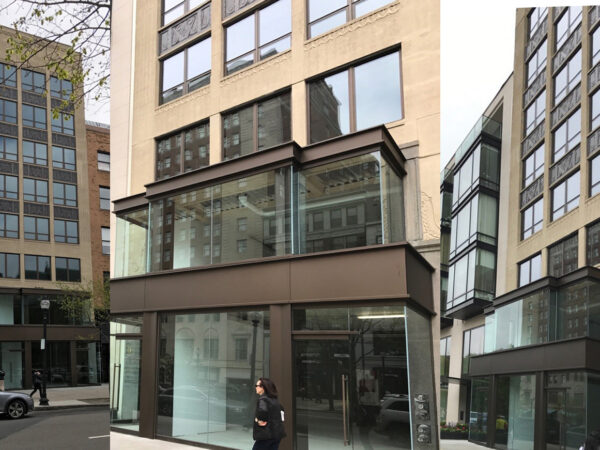
The façade of a building is more than just its outer skin — it represents the structure’s identity, energy performance, safety, and user experience. However, designing a façade that balances aesthetics, efficiency, and technical feasibility is no small feat. Here, we dive deep into the top facade design challenges faced by architects, engineers, and consultants, and explore how seasoned experts overcome them using strategic approaches.
1. Balancing Aesthetic Appeal with Functionality
The Challenge:
Clients and architects often seek iconic designs that make a visual impact. However, unique shapes, materials, or large glazed areas can conflict with energy efficiency, durability, or structural performance.
How Experts Solve It:
Façade consultants employ parametric design tools and BIM (Building Information Modeling) to simulate the impact of different design choices. This helps strike the right balance between form and function. They also suggest hybrid materials that retain the desired aesthetic while improving performance.
2. Thermal Insulation and Energy Efficiency
The Challenge:
Modern buildings must meet stringent energy codes and sustainability benchmarks like LEED or IGBC. Poorly designed façades can result in excessive heat gain or loss, increasing HVAC loads.
How Experts Solve It:
Experts recommend high-performance glazing, double-skin façades, and proper insulation materials. They also orient and design façades to leverage natural ventilation and daylighting, reducing reliance on artificial systems.
3. Structural Load and Wind Pressure
The Challenge:
Tall buildings or those located in coastal or high-wind regions need façades that can withstand extreme wind loads, especially at higher altitudes.
How Experts Solve It:
Advanced wind tunnel testing and CFD (computational fluid dynamics) simulations are used to model pressure zones. Engineers then reinforce critical areas using aluminum frames, curtain wall systems, and anchoring solutions that accommodate structural movements.
4. Water and Air Infiltration
The Challenge:
Façade leaks can lead to moisture damage, mold growth, and higher energy bills due to uncontrolled air exchange.
How Experts Solve It:
Experienced façade consultants prioritize airtight detailing, rain screen systems, and pressure-equalized joints. Quality sealing, rigorous testing (ASTM E1105 for water penetration, for instance), and mock-up reviews are part of the QA/QC process.
5. Fire Safety Compliance
The Challenge:
Recent fire incidents around the world have spotlighted the fire risks associated with certain façade materials, especially ACP (Aluminum Composite Panels).
How Experts Solve It:
Experts ensure that façades comply with local fire norms and international standards (such as NFPA 285). Fire-rated barriers, non-combustible cladding, and compartmentalization strategies are applied to control fire spread.
6. Accommodating Building Movement
The Challenge:
Buildings expand and contract due to temperature changes, seismic activity, and load variation. A rigid façade may crack or detach under such movement.
How Experts Solve It:
Flexible joints, expansion gaps, and custom anchor brackets are incorporated into the design. The use of adaptable materials ensures the façade can absorb structural shifts without damage.
7. Budget Constraints vs. Design Ambitions
The Challenge:
Premium materials, imported finishes, or complex systems can quickly blow up a project budget.
How Experts Solve It:
Value engineering is the go-to solution. Consultants identify alternatives that mimic the look and feel of premium materials but at a lower cost. Pre-fabricated modules are also recommended to reduce labor costs and construction time.
8. Sustainability and Green Certification
The Challenge:
Green façades, solar integration, and recyclable materials are increasingly demanded by eco-conscious clients. However, implementing them effectively requires expertise.
How Experts Solve It:
Consultants integrate solar panels, vertical gardens, and rainwater harvesting within the façade envelope. Lifecycle analysis is conducted to ensure long-term sustainability. Expert knowledge helps select low-emission and locally sourced materials.
9. Coordination with Multiple Stakeholders
The Challenge:
Façade design is a collaborative effort involving architects, engineers, MEP consultants, and contractors. Misalignment can lead to delays and errors.
How Experts Solve It:
Experienced façade consultants play a coordinating role, ensuring clear documentation, timely RFIs, and collaborative workshops. They act as a bridge between design vision and on-site execution.
Conclusion
Designing a façade is a complex endeavor that blends art, science, and technology. While the challenges are many — from climate adaptability to regulatory compliance — seasoned experts have the knowledge, tools, and foresight to solve them efficiently.
Whether you’re an architect, developer, or contractor, partnering with an experienced façade consultant can ensure your project meets both design aspirations and performance benchmarks.
If you’re looking for professional support, our team at Avante Facades is here to help. We’re a leading facade consultant in Mumbai, known for delivering end-to-end façade solutions tailored to your project needs.


